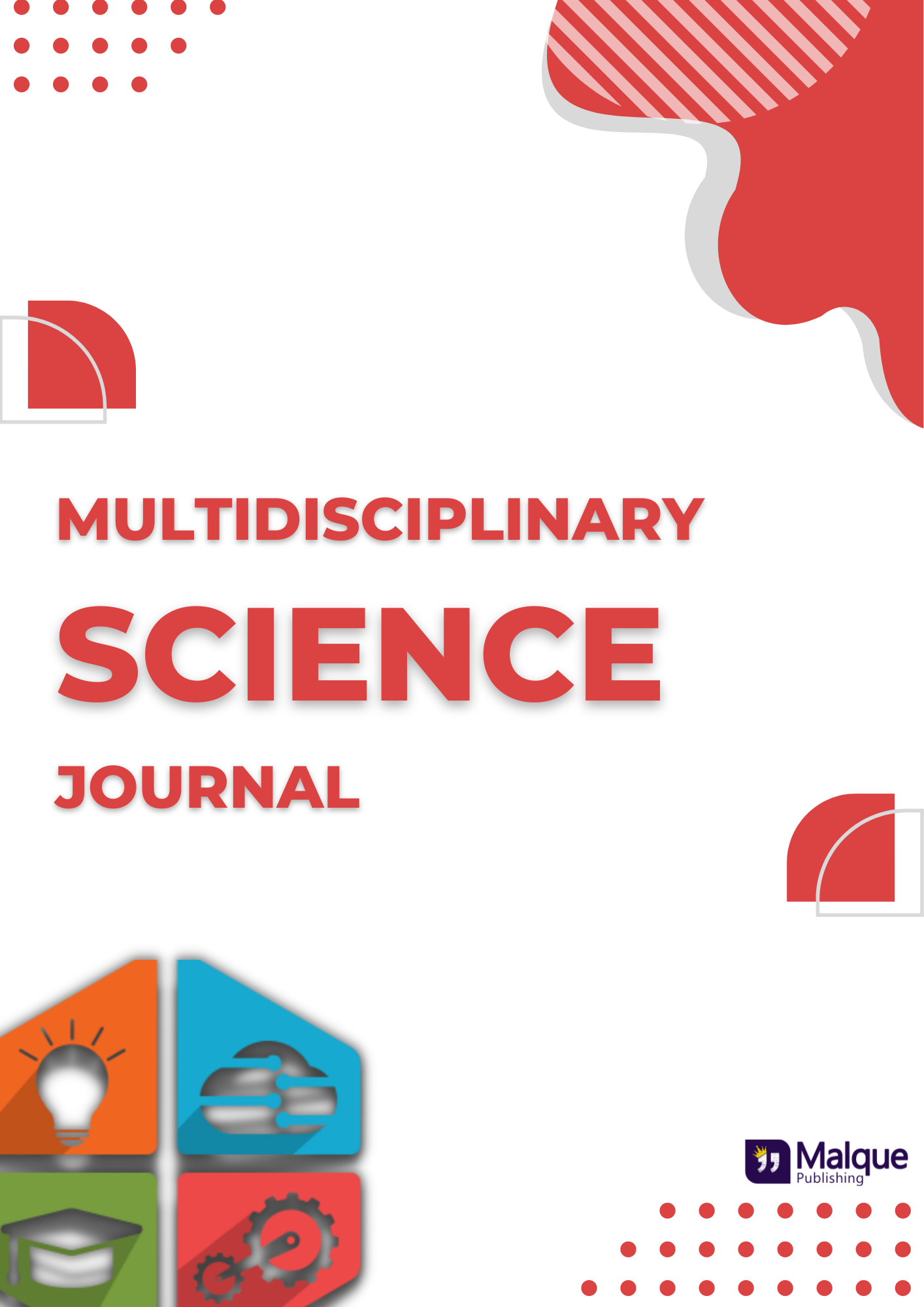The impact of emotional intelligence on the psycholinguistic peculiarities of speech
Abstract
Emotional intelligence is an indicator of students’ development, which affects their psycholinguistic peculiarities and ensures effective professional training. The aim of the research is to identify the impact of the level of emotional intelligence on the psycholinguistic peculiarities of students. The survey and testing method was used, diagnostic techniques: S. L. Bratchenko’s Orientation of the Individual in Communication, V. M. Rusalov’s QFDPI, EQ-test. Descriptive statistics and correlation analysis were used to analyse the obtained results. It was established that high emotional intelligence has a positive effect on dialogic speech (r=0.832, p≤0.01) and focus on the interlocutor (r=0.835, p≤0.01). Students with developed emotional intelligence have ease in establishing communicative relationships (r=0.867, р≤0.01), a wide range of communicative programmes (r=0.745, р≤0.01), high speech activity (r=0.640, р ≤0.01), emotional stability and confidence in communication (r=0.856, p≤0.01). It was established that emotional intelligence affects the psycholinguistic features of speech. In the process of professional training, developed emotional intelligence ensures the preparation of highly qualified specialists capable of active communicative interaction. The obtained results, which reflect the regularities of the development of emotional intelligence and its influence on the psycholinguistic features of students, provide an opportunity to build professional training programmes, to develop correctional classes for the complex speech development of students by means of emotional intelligence.










